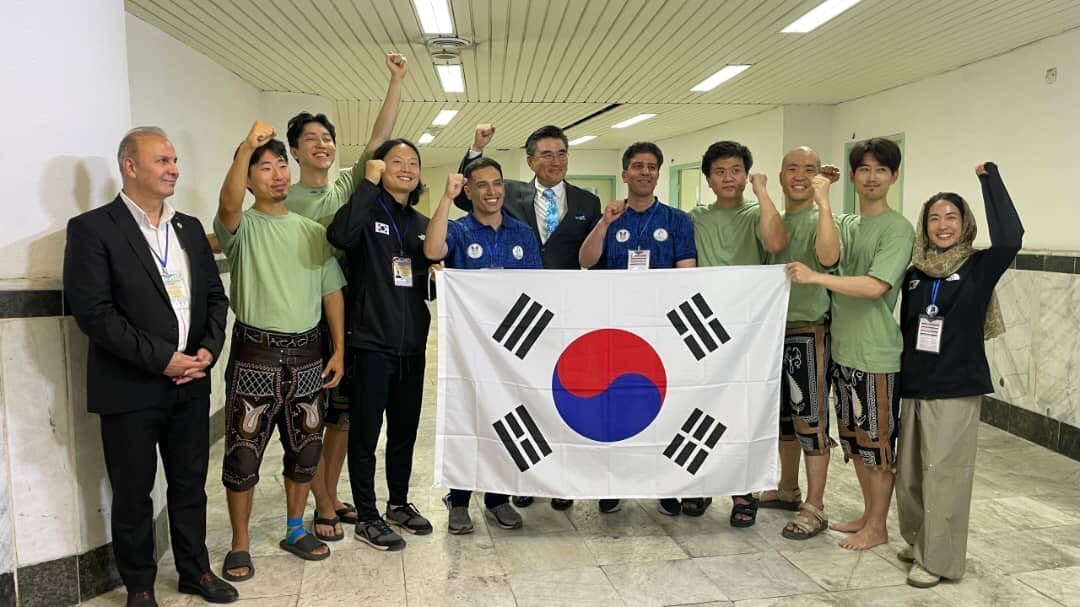As global trade has expanded – especially with the ascent of China – concerns about job losses and deindustrialisation in high-income countries have grown. While many studies document the level of impact of import competition on employment, we know less about how firms adapt. Do they downsize, switch product lines/industries, or reorganise production through offshoring to cushion the blow? In a recet paper (Ito and Matsuura 2025), we address these questions using a uniquely rich panel of Japanese firms spanning 1997–2014, focusing on three margins of adjustment: employment (especially production workers), industry switching, and offshoring (imports of intermediates from Asia). We also ask when these adjustments occur – either immediately or with a lag.
Figure 1 documents a clear rise in Chinese import penetration into Japan from the late 1990s onward, with only a crisis-era pause. Over the same period, Japan’s manufacturing share of employment fell from 20.8% in 1995 to 15.3% in 2015) (Figure 2), providing prima facie evidence of structural pressure.
Figure 1 Import penetration ratio from China
Note: Chinese import penetration is computed as Import from China/Domestic demand, where Domestic demand = Domestic production + Imports from the world – Exports to the word.
Source: Authors’ calculations based on System of National Accounts (Cabinet Office) and JIP database (RIETI).
Figure 2 Share of manufacturing employment in Japan
Source: Authors’ computation from the System of National Accounts (Cabinet Office of Japan).
How do firms respond to intensifying import competition from China? Table 1 presents the distribution of firms according to their response patterns. Firms are categorised into four groups based on their reactions. The first group consists of firms that neither reduce employment nor switch industries, labeled “NoAdjust”. The second group includes firms that adjust employment only (“EmplAdjustOnly”), while the third group comprises firms that switch industries only (“IndSwitchOnly”). The fourth group consists of firms that adopt both strategies – employment adjustment and industry switching – labeled “BothEmplSwitch”. Employment adjustment is defined as a reduction of 10% or more in the number of production workers over the previous five years. Industry switching refers to a change in a firm’s primary four-digit industry classification.
To assess the impact of Chinese import competition, we compare firms operating in the top and bottom five industries based on the extent of change in Chinese import penetration. Among all firms shown in column (1), 54% made no adjustments (NoAdjust), 30.5% implemented only employment reductions (EmplAdjustOnly), 9.2% switched industries without adjusting employment (IndSwitchOnly), and 6.3% pursued both strategies (BothEmplSwitch). Columns (2) and (3) present firms in the bottom five and top five industries, respectively, based on the degree of change in Chinese import penetration. In the bottom five industries, shown in column (2), 58% of firms did not implement any adjustments (NoAdjust). While the share of firms engaging in industry switching – either alone or in combination with employment reductions – was low, the proportion of firms implementing only employment adjustments was similar to that observed for all firms. By contrast, in the top five industries, presented in column (3), the share of firms that made no adjustments was lower, at 48%. The proportion of firms that engaged only in industry switching or that strategy in combination with employment reduction was notably higher at 11% and 9.7%, respectively. These patterns suggest that firms exposed to greater import competition from China are more likely to respond with a combination of employment adjustment and industry switching.
Table 1 Firm’s reaction patterns
Source: Authors’ computation from the Basic Survey of Japanese Business Structure and Activities (BSJBSA)and the Census of Manufacture (COM) data of the Ministry of Economy, Trade and Industry (METI).
Econometric analyses using the multinomial logit model demonstrated the following:
- Rising imports have led many firms to reduce their workforce, with production workers experiencing significant losses, in line with the cases shown for the US in Autor et al. (2013) and Acemoglu et al. (2016).
- Firms that engaged in product switching experienced less severe employment losses than those that did not, suggesting that product switching could be an effective coping strategy. This finding resonates with those found in Iacovone et al. (2013) and Miranda et al. (2011), among others.
- Import competition has an immediate effect on the employment of production workers, whereas overall firm-level employment adjustment and product switching tend to occur with a delay of two to three years.
- Offshoring also plays a crucial role in mitigating the adverse effects of import competition. This finding, which complements that in Hayakawa et al. (2021), highlights the importance of offshoring in sustaining employment and suggests that globalisation should not simply be regarded as a factor that reduces job opportunities.
Author’s note: The main research on which this column is based (Ito and Matsuura 2025) first appeared as a Discussion Paper of the Research Institute of Economy, Trade and Industry (RIETI) of Japan.
References
Acemoglu, D, D Autor, D Dorn, G Hanson and B Price (2016), “Import Competition and the Great US Employment Sag of the 2000s”, Journal of Labor Economics 34(1): S142-S198.
Autor, D, D Dorn and G Hanson (2013), “The China Syndrome: Local Labor Market Effect of Import Competition in the United States”, American Economic Review 103(6): 2121-2168.
Hayakawa, K, T Ito and S Urata (2021), “Impacts of Increased Chinese Imports on Japan’s Labor Market”, Japan and the World Economy 59, 101087.
Ito, T and T Matsuura (2025), “Import Competition and Restructuring Strategies: Evidence from Japanese firm-level data”, RIETI Discussion Paper Series 25-E-059
Iacovone, L, F Rauch and L A Winters (2013), “Trade as an engine of creative destruction: Mexican experience with Chinese competition”, Journal of International Economics 89(2): 379–392.
Miranda, V, M-M Badia and I Van Beveren (2012), “Globalization drives strategic product switching,” Review of World Economics 148: 45-72.
![[International Day of the Girl Child] Samsung Solve for Tomorrow and Samsung Innovation Campus Uplift Girls in STEM – Samsung Global Newsroom](https://afnnews.qaasid.com/wp-content/uploads/2025/10/Samsung-ESG-Citizenship-International-Day-of-the-Girl-Child-SFT-and-SIC-STEM_Thumb728.jpg)











